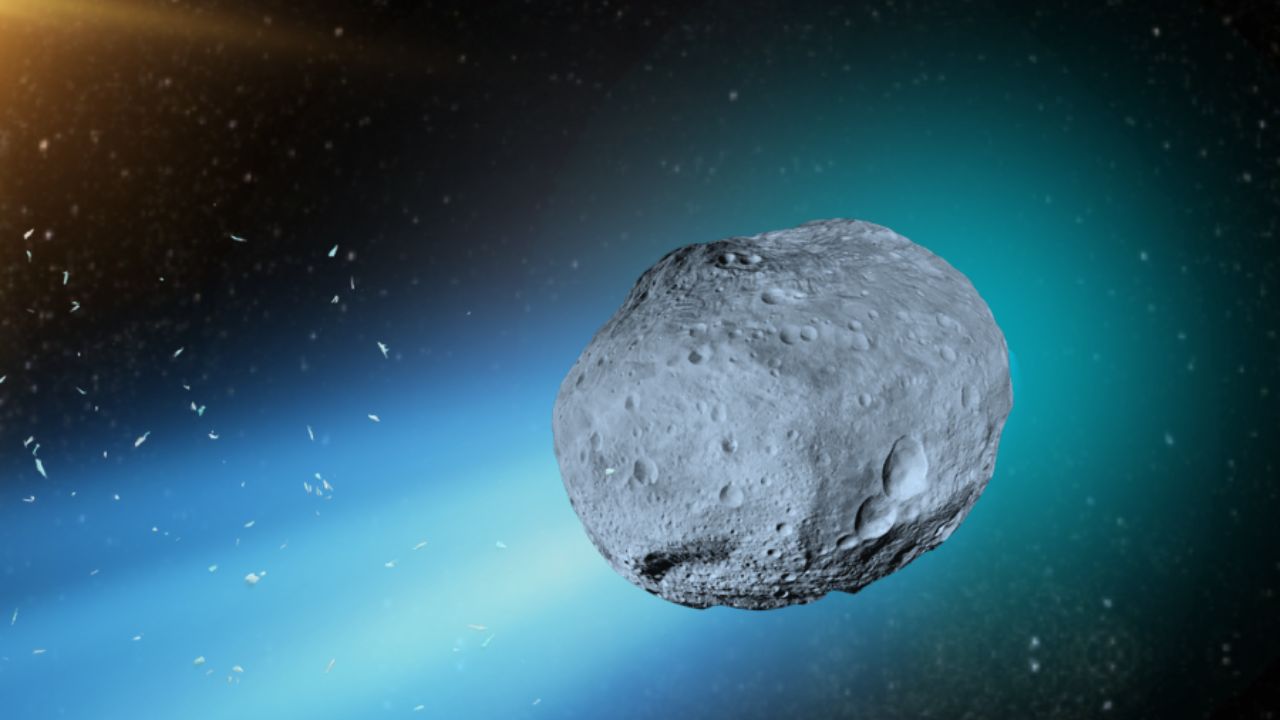
A new cosmic traveler, 3I/ATLAS (C/2025 N1), has taken the global astronomy community by storm. Discovered on July 1, 2025, by the Asteroid Terrestrial-impact Last Alert System (ATLAS) in Chile, this mysterious object has quickly become one of the most fascinating celestial discoveries of the decade.
A Visitor from Beyond the Solar System
3I/ATLAS is officially the third confirmed interstellar object ever detected in our solar system — following ʻOumuamua (2017) and 2I/Borisov (2019). Its hyperbolic trajectory confirms that it is not bound by the Sun’s gravity. Instead, it is a traveler from a distant star system, merely passing through before returning to the deep reaches of interstellar space.
A Strange and Ancient Wanderer
What makes 3I/ATLAS so extraordinary is its unique behavior and composition. Even when far from the Sun, it began releasing gases and dust — an uncommon trait for comets at such a distance. Astronomers also detected a powerful jet of material streaming directly toward the Sun, suggesting volatile compounds rapidly vaporizing as it warms.
Spectroscopic analysis has revealed traces of atomic nickel vapor, a rare element for a comet, hinting at an unusual origin. Scientists believe this object could be older than our solar system, possibly billions of years old, making it a precious sample of ancient cosmic material that predates Earth itself.
No Threat to Earth
Despite its popularity, there is no danger of collision. NASA’s calculations show that 3I/ATLAS will pass at a safe distance of about 1.8 astronomical units (approximately 270 million kilometers) from Earth. Its closest approach to the Sun, or perihelion, will occur around October 30, 2025, at roughly 1.4 AU. After that, the comet will begin its long journey out of our solar system.
Why Scientists Are Excited
This fleeting visitor offers scientists a rare opportunity to study pristine material from beyond our solar system. By analyzing its chemical composition, speed, and structure, astronomers can gain insights into how other star systems form and evolve.
Researchers hope 3I/ATLAS will help answer key questions:
- How often do interstellar objects pass through our solar system?
- What materials make up planets and comets in other star systems?
- Can we one day send missions to intercept or study such interstellar travelers directly?
Some astronomers even believe that countless smaller objects like 3I/ATLAS may constantly drift unnoticed through the solar system.
A Cosmic Spectacle
As 3I/ATLAS nears the Sun, its appearance has become increasingly spectacular. Recent telescope images show it glowing green as gases ionize under sunlight, with a long shimmering tail stretching millions of kilometers. Although it won’t be visible to the naked eye, large telescopes in both hemispheres are currently tracking its movement.
Public Fascination and Debate
The discovery has also reignited debates among scientists and enthusiasts alike. A few speculative voices have suggested artificial or “alien probe” origins, though the vast majority of experts firmly attribute its properties to natural cosmic processes. Still, the mystery has captured the public’s imagination, with online communities and skywatchers around the world sharing live tracking updates and observation tips.
A Window into the Universe
3I/ATLAS serves as a powerful reminder of how interconnected our universe is — and how little we still understand about the countless worlds beyond our Sun. While this interstellar visitor will soon fade into the darkness of space, it leaves behind a legacy of curiosity and wonder.
As it departs, astronomers continue to collect as much data as possible, using ground-based observatories and spacecraft to record every detail. The knowledge gathered from 3I/ATLAS could shape the next generation of space exploration — and perhaps prepare humanity for the next time a traveler from another star system pays us a visit.



